Optimal Timing for Outdoor Drain Installations
Determining the optimal time for outdoor drains installations depends on various factors, including weather conditions, soil moisture levels, and project scope. Installing drains during dry periods minimizes disruptions caused by rain and allows for better soil work. Spring and early fall often provide suitable conditions due to moderate weather and manageable ground moisture.
Spring and fall typically offer the best weather for outdoor drains installation, with mild temperatures and less precipitation.
Avoid installations during heavy rain or freezing temperatures to prevent soil instability and ensure proper drainage setup.
Optimal soil moisture is crucial; overly wet soil can hinder excavation, while dry soil facilitates easier installation.
Scheduling during periods of stable weather reduces delays and ensures quality work.
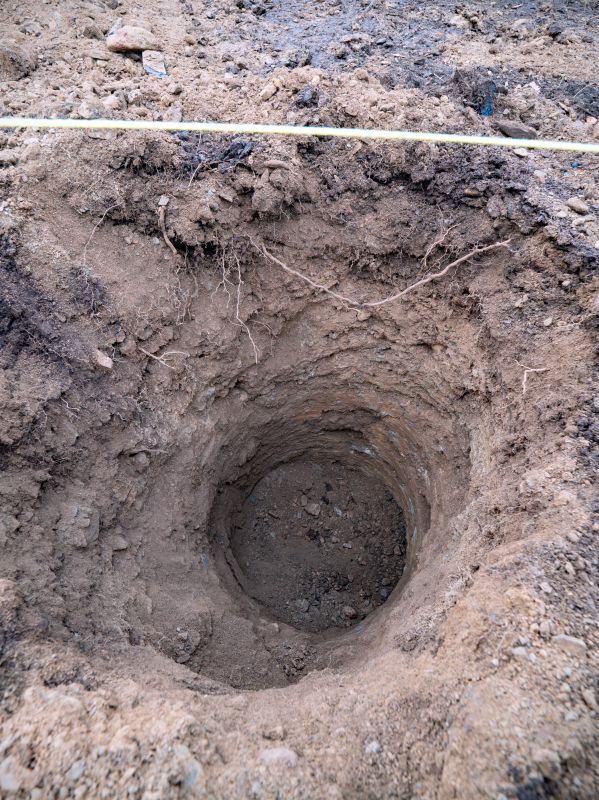
Image of excavation work in dry soil, highlighting optimal conditions.
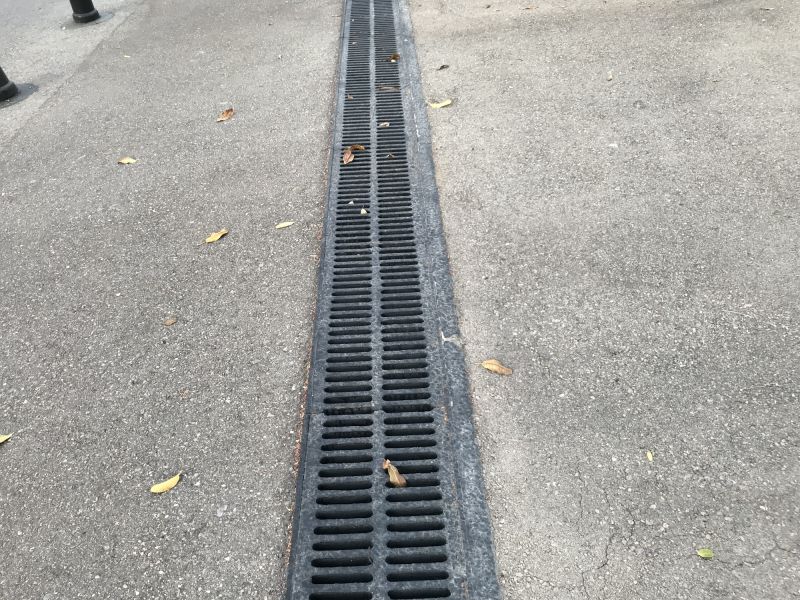
Image of outdoor drain setup during spring with mild weather.

Image showing soil being prepared for drain installation in favorable conditions.

Ways to make Outdoor Drains Installations work in tight or awkward layouts.
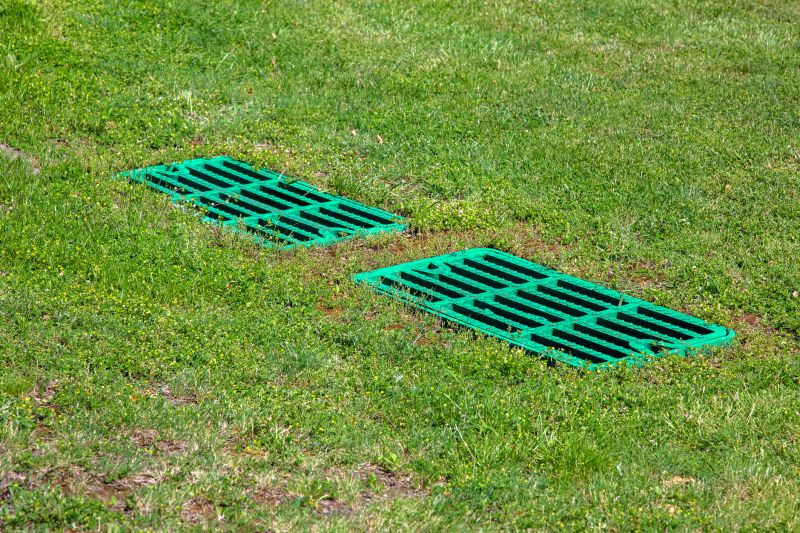
Popular materials for Outdoor Drains Installations and why they hold up over time.
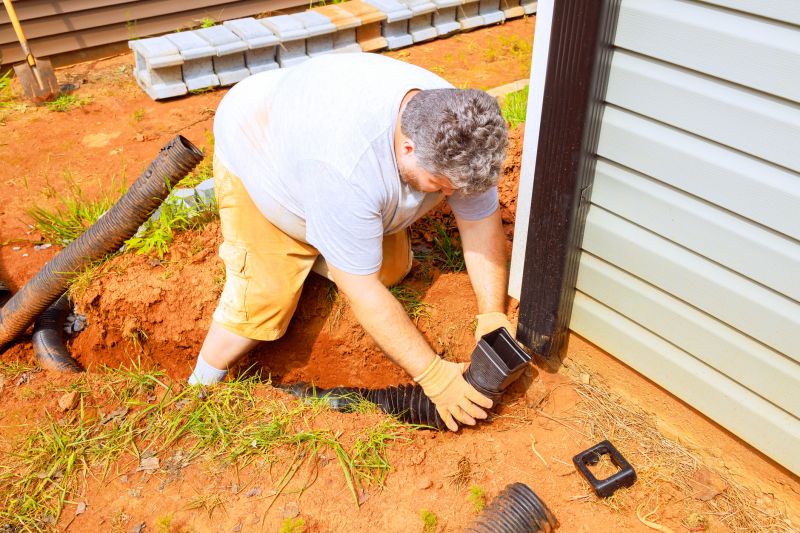
Simple add-ons that improve Outdoor Drains Installations without blowing the budget.
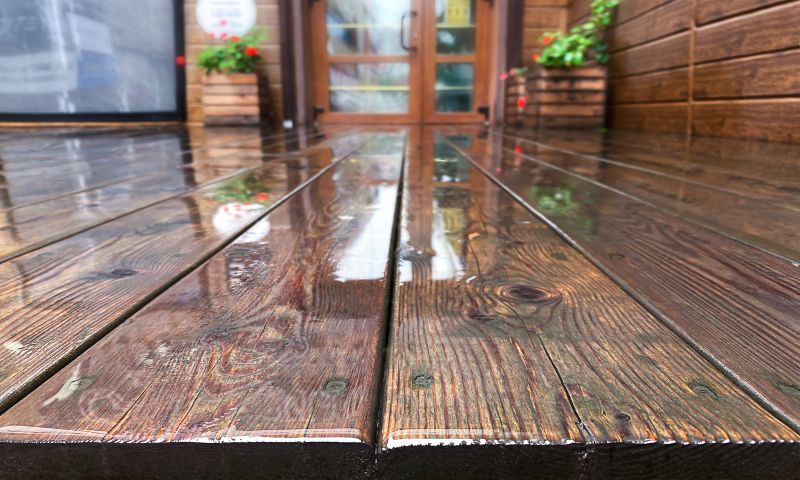
High-end options that actually feel worth it for Outdoor Drains Installations.
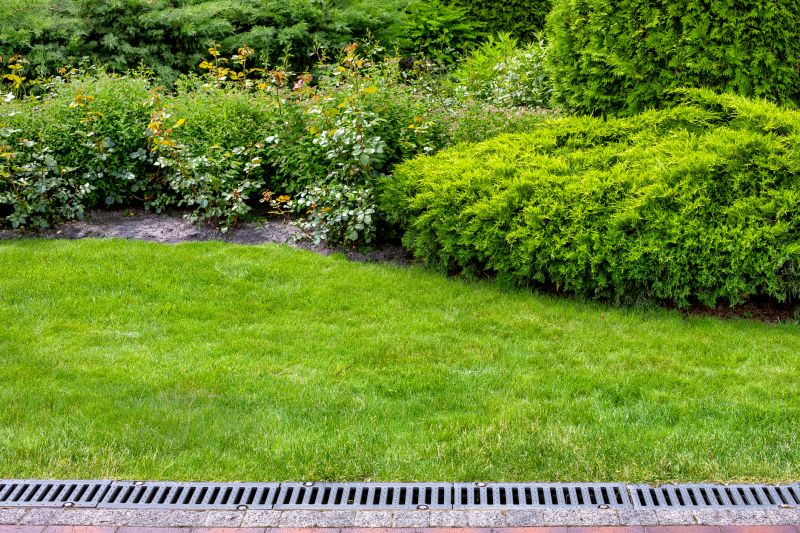
Finishes and colors that play nicely with Outdoor Drains Installations.
Outdoor drains are essential components of landscape management, preventing water accumulation and protecting structures from water damage. Proper installation involves careful planning, site assessment, and selecting suitable materials to ensure effective drainage. Statistics indicate that well-designed drainage systems can reduce water-related damages by up to 80%, emphasizing their importance in property maintenance.
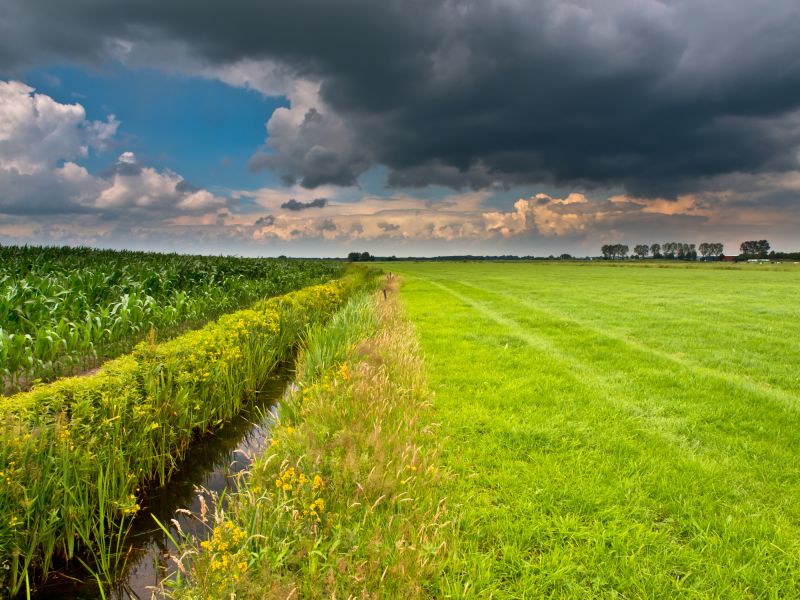
Image of various drain components installed in a landscape.

Image showing the step-by-step installation of outdoor drains.

Image of a finished outdoor drainage system integrated into landscape.
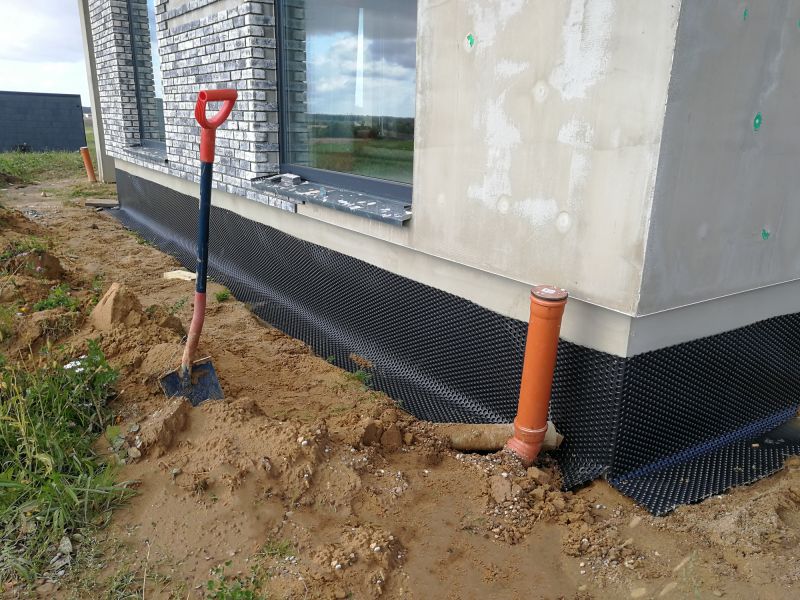
Image demonstrating water flow through the installed drains.

Little measurements that prevent headaches on Outdoor Drains Installations day.
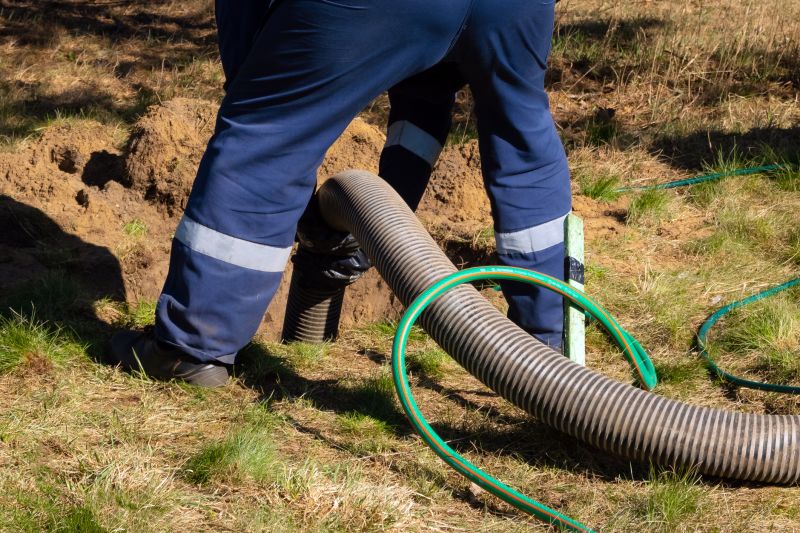
A 60-second routine that keeps Outdoor Drains Installations looking new.
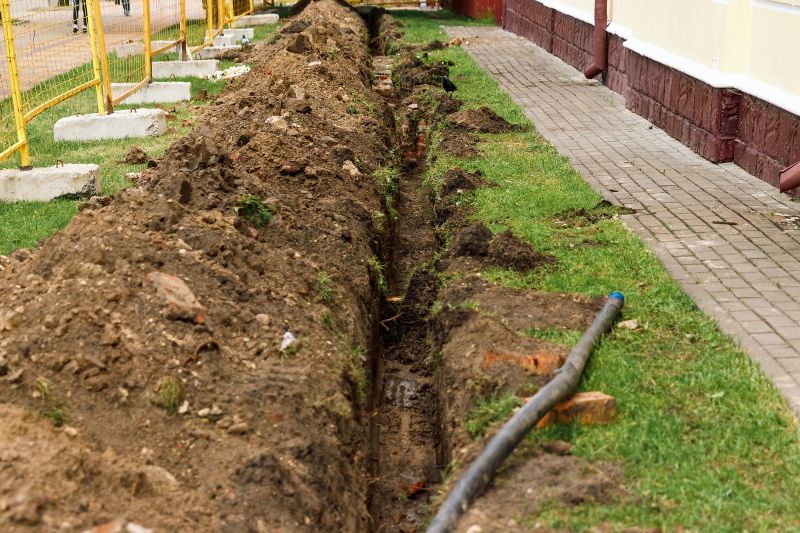
A frequent mistake in Outdoor Drains Installations and how to dodge it.
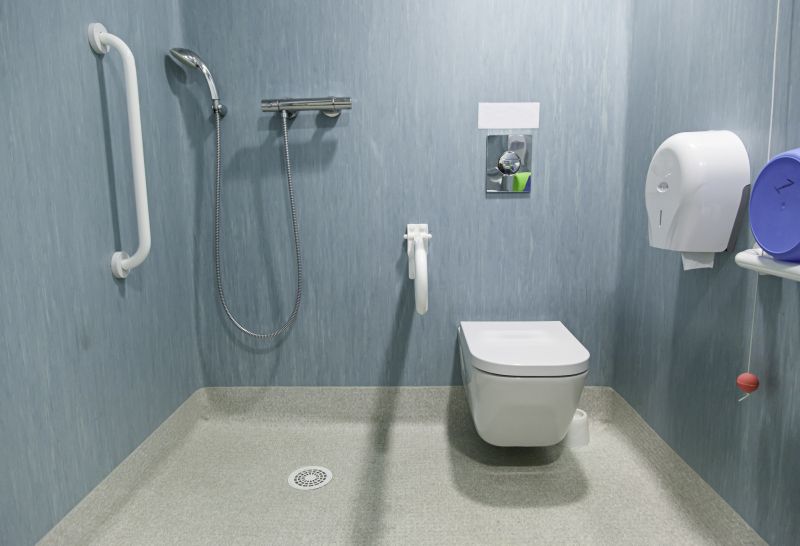
Small tweaks to make Outdoor Drains Installations safer and easier to use.
| Aspect | Details |
|---|---|
| Best Seasons | Spring and fall are optimal for installation. |
| Weather Impact | Avoid during heavy rain or freezing temperatures. |
| Soil Condition | Moderate moisture levels are ideal. |
| Project Delays | Weather stability reduces delays. |
| Durability | Proper timing enhances system longevity. |
| Preparation | Ensure soil is properly excavated and prepared. |
| Materials | Select suitable drainage materials for conditions. |
| Post-Installation | Allow proper settling before heavy use. |
Scheduling outdoor drains installation during favorable weather conditions ensures better soil work, reduces unforeseen delays, and enhances the system's longevity. Proper timing also allows for thorough inspection and adjustments, resulting in more effective drainage performance. Interested parties are encouraged to contact for further information or to discuss project specifics.



